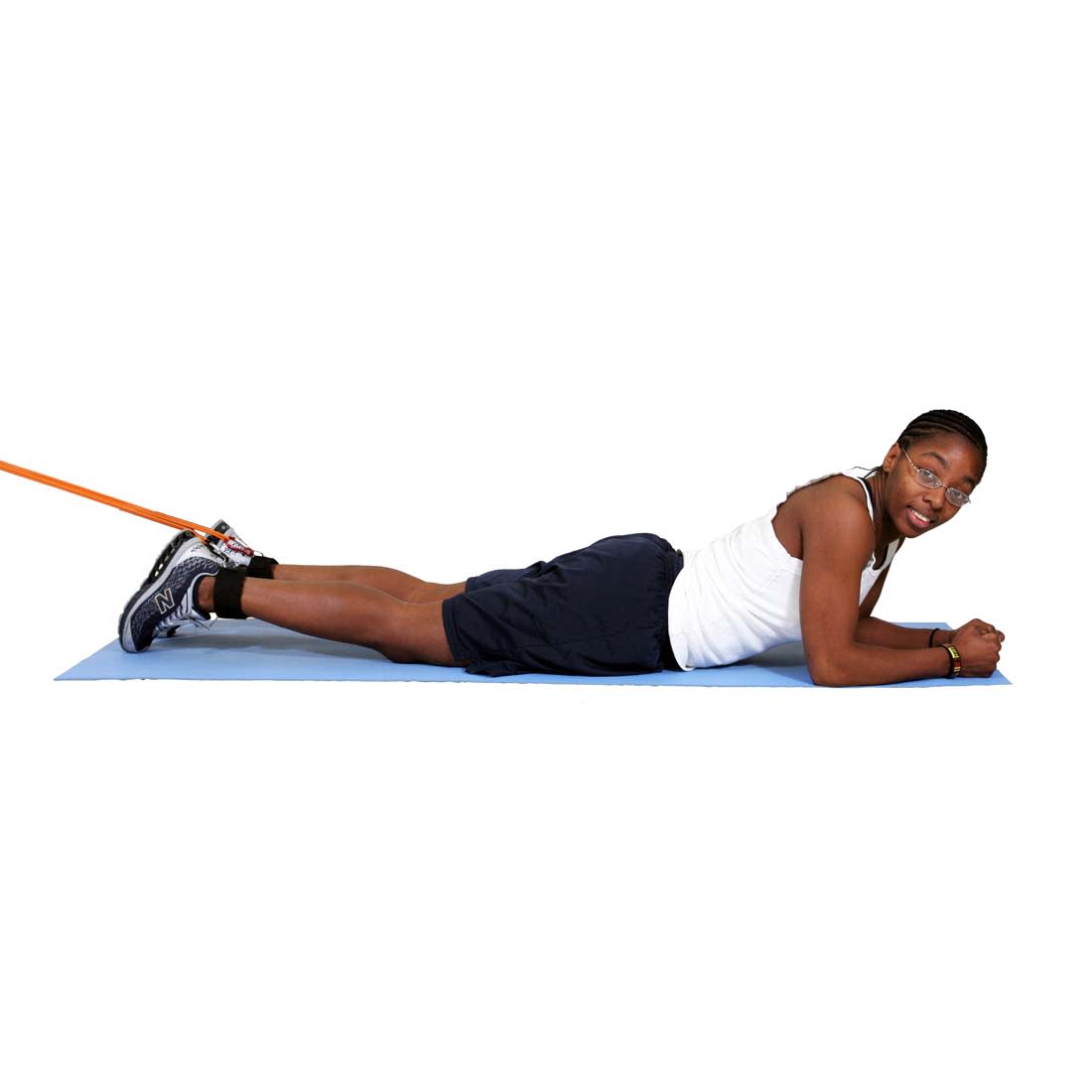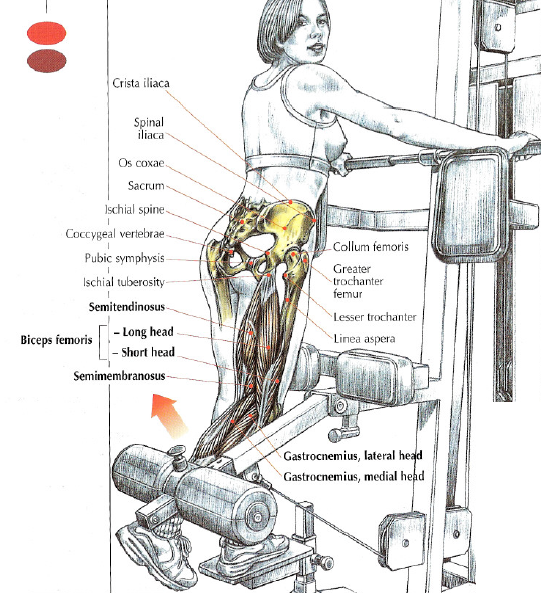Leg Curls: The Ultimate Guide To Building Strong, Toned Legs
**Listen up, fitness enthusiasts!** If you're looking to elevate your lower body game, leg curls might just be the secret weapon you've been searching for. Whether you're a gym rat or a home workout warrior, mastering the art of leg curls can transform your leg day routine. This exercise isn't just about aesthetics—it's about building strength, improving flexibility, and enhancing overall performance. Let's dive into why leg curls should be a staple in your fitness journey.
Now, I know what you're thinking—leg curls sound simple, right? But there's more to this exercise than meets the eye. It's not just about hopping on a machine and cranking out reps. Proper form, technique, and variation are key to unlocking the full potential of this movement. In this article, we'll break down everything you need to know about leg curls, from the basics to advanced tips.
So, whether you're a beginner trying to figure out the basics or a seasoned athlete looking to refine your routine, this guide has got you covered. Let's get started and turn those legs into powerhouses!
Here's a quick overview of what we'll cover:
- What Are Leg Curls?
- Benefits of Leg Curls
- Mastering Proper Form
- Common Mistakes to Avoid
- Variations to Keep Things Interesting
- Doing Leg Curls at Home
- Leg Curl Workout Routines
- Muscles Targeted by Leg Curls
- Tips for Beginners
- Frequently Asked Questions
What Are Leg Curls?
Alright, let's start with the basics. Leg curls are isolation exercises that primarily target the hamstrings, the muscles at the back of your thighs. They're typically performed using a leg curl machine, but there are also bodyweight and resistance band variations for those who prefer to train without equipment. The goal is to bend your knees against resistance, working those hamstrings hard.
What makes leg curls so effective is their ability to focus directly on the hamstrings without involving other muscle groups. This targeted approach ensures that you're maximizing the benefits for your lower body. Plus, it's a great way to balance out all those quad-dominant exercises like squats and lunges.
Why Focus on Hamstrings?
Your hamstrings are crucial for movement and stability. Weak hamstrings can lead to imbalances, increasing the risk of injury. By incorporating leg curls into your routine, you're not only building strength but also promoting better muscle balance and reducing the likelihood of strains or tears.
Benefits of Leg Curls
Now that we've established what leg curls are, let's talk about why they're so awesome. Here are some of the top benefits:
- Improved Hamstring Strength: Leg curls are the ultimate hamstring strengtheners. Strong hamstrings translate to better athletic performance and reduced injury risk.
- Better Flexibility: Regular leg curl exercises can enhance your knee flexion, improving overall leg flexibility.
- Enhanced Muscle Definition: Who doesn't want toned, sculpted legs? Leg curls help build that coveted hamstring definition.
- Increased Stability: Strong hamstrings contribute to better joint stability, especially in the knees and hips.
And let's not forget the mental boost you get from crushing those reps. There's nothing quite like the satisfaction of knowing you're doing your body good!
Mastering Proper Form
Proper form is crucial when it comes to leg curls. Performing the exercise incorrectly can lead to injuries and diminish its effectiveness. Here's how to do it right:
First, adjust the machine so that the pad rests comfortably on your ankles. Sit upright with your back against the backrest. Slowly curl your legs toward your glutes, squeezing your hamstrings at the top of the movement. Lower the weight back down in a controlled manner, avoiding any jerky movements.
Remember, quality over quantity. Focus on the mind-muscle connection and really feel those hamstrings working. Don't rush through your reps—take your time and do it right.
Key Tips for Proper Form
- Keep your core engaged throughout the exercise.
- Avoid using momentum to lift the weight.
- Pause briefly at the top of the movement to maximize the contraction.
- Control the descent of the weight to maintain tension on the hamstrings.
Common Mistakes to Avoid
Even the best of us make mistakes sometimes. Here are a few common errors to watch out for when doing leg curls:
- Using Too Much Weight: Loading up the machine with too much weight can lead to poor form and increase the risk of injury. Start light and gradually increase the load as you get stronger.
- Rocking the Upper Body: Moving your upper body to lift the weight is a big no-no. Stay steady and let your hamstrings do the work.
- Not Fully Extending the Legs: Failing to fully extend your legs at the bottom of the movement reduces the range of motion and limits the effectiveness of the exercise.
Avoiding these mistakes will help you get the most out of your leg curl sessions and keep you injury-free.
Variations to Keep Things Interesting
Let's face it—doing the same thing over and over can get boring. Luckily, there are plenty of leg curl variations to keep your workouts fresh and challenging. Here are a few to try:
Seated Leg Curl
This is the classic version we've been discussing. It's great for beginners and advanced lifters alike.
Lying Leg Curl
Similar to the seated version, but performed in a prone position. This variation can provide a slightly different stimulus for your hamstrings.
Resistance Band Leg Curl
No gym? No problem. Resistance bands are a fantastic tool for performing leg curls at home. Simply loop the band around your ankles and mimic the machine movement.
Bodyweight Leg Curl
For those who prefer minimal equipment, bodyweight leg curls are a great option. Try doing them on a stability ball for an added challenge.
Doing Leg Curls at Home
Not everyone has access to a gym, but that doesn't mean you can't incorporate leg curls into your routine. Here are some tips for doing leg curls at home:
Invest in a set of resistance bands—they're affordable and versatile. You can also use household items like water bottles or backpacks filled with books as makeshift weights. Stability balls are another great tool for bodyweight leg curls.
Don't let a lack of equipment hold you back. With a little creativity, you can still get an effective leg workout from the comfort of your own home.
Leg Curl Workout Routines
Ready to put it all together? Here are a couple of leg curl workout routines to try:
Beginner Routine
- Seated Leg Curl: 3 sets of 12-15 reps
- Resistance Band Leg Curl: 3 sets of 10-12 reps
Advanced Routine
- Lying Leg Curl: 4 sets of 8-10 reps
- Bodyweight Leg Curl (stability ball): 4 sets of 12-15 reps
Feel free to adjust the weights and reps based on your fitness level and goals. Remember, consistency is key.
Muscles Targeted by Leg Curls
While leg curls primarily target the hamstrings, they also engage other muscles in the lower body. Here's a breakdown:
- Hamstrings: The main muscle group worked during leg curls.
- Glutes: Assisted in stabilizing the movement.
- Calves: Involved in the ankle flexion component of the exercise.
By hitting these muscles, leg curls contribute to overall lower body strength and development.
Tips for Beginners
Starting out with leg curls? Here are some tips to help you get the most out of this exercise:
- Begin with light weights to focus on form and technique.
- Start with fewer reps and gradually increase as you build strength.
- Consider working with a trainer to ensure you're doing the exercise correctly.
Remember, progress takes time. Be patient with yourself and celebrate small victories along the way.
Frequently Asked Questions
Can leg curls help with knee pain?
Absolutely! Strengthening your hamstrings can improve knee stability and reduce the risk of injury. However, if you're experiencing knee pain, it's always best to consult with a healthcare professional before starting any new exercise routine.
How often should I do leg curls?
For most people, 2-3 times per week is sufficient. Make sure to give your muscles adequate rest and recovery time between sessions.
Are leg curls better than squats?
Not necessarily. Squats are a compound movement that works multiple muscle groups, while leg curls focus specifically on the hamstrings. Both exercises have their place in a well-rounded fitness routine.
And that's a wrap, folks! Leg curls are a powerful tool for building strong, toned legs. By incorporating them into your routine and following the tips and advice in this guide, you'll be well on your way to achieving your fitness goals. So, what are you waiting for? Hit the gym—or your living room—and start curling those legs!
Don't forget to leave a comment below and share your thoughts on leg curls. And if you found this article helpful, feel free to share it with your fitness buddies. Let's keep the leg day hype alive!

How to Do the Leg Curl Muscles Worked, Form & Alternatives Legion

Leg Curls

Standing Leg Curls • THE stephane ANDRE